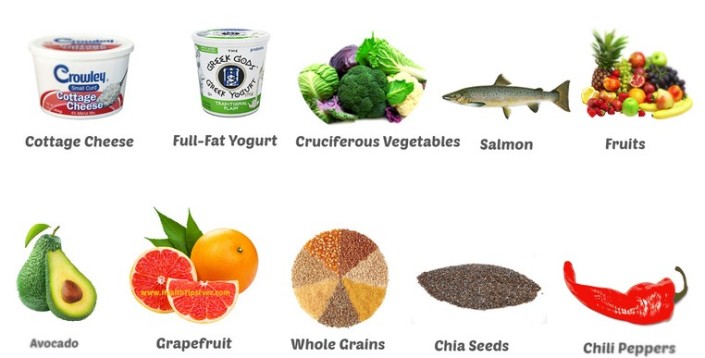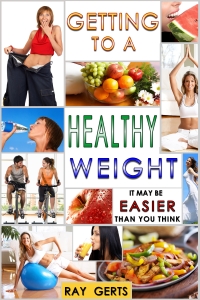Physical Inactivity from Sitting Increases Health Risks
/about/sitting-at-desk-altrendo-images-stockbyte150667239-56a9d9453df78cf772ab180b.jpg)
- Sitting Raises Risk of Type II Diabetes, Cardiovascular Disease, and Early Death: A compendium of studies published in 2012 found that sitting for long periods raised the relative risk of type II diabetes and cardiovascular disease over 100%; the association was strongest for diabetes. The studies found this effect regardless of whether the sitter got the recommended amount of moderate and vigorous intensity exercise the rest of the day. Even one hour of heart pounding exercise can't make-up for 8 hours of sitting. That fact added to a bad diet and you have a recipe for an early death.
- Sitting Slows Metabolism: Dr. Marc T. Hamilton says research shows that fat-burning is slowed by prolonged sitting, so you burn less fat when you finally get up and exercise. "Sitting time and non-exercise activity have been linked in epidemiological studies to rates of metabolic syndrome, type 2 diabetes, obesity and cardiovascular disease," Dr. Hamilton concludes.
- Sitting Increases Diabetes Risk in Women: A study found that the more sitting hours per day reported by women over age 40, the more their markers of insulin resistance and inflammation were increased. This points to an increased risk of developing type 2 diabetes. This was true whether or not they got moderate exercise each day.
- Two-Minute Walk Breaks Improve Glucose Control and Insulin Response: Breaking up sitting time with two-minute walk breaks every 20 minutes improved the body's response to a meal by 30% in a 2012 study. The study simulated an office environment with middle-aged, overweight people. Walking at light or moderate intensity for two minutes after each 20 minutes of sitting helped maintain glucose control and insulin response. There may be good benefits in developing habits of getting up more frequently during the workday and at home while video gaming, watching television or using the computer.
- Screen Time Is a Health Risk: Two hours a day of sitting in front of the TV or computer may double your risk of a heart attack or other cardiac event. Four hours a day of screen time increases your risk of death by any cause by 50%, according to findings of a study of more than 4,500 middle-aged men in Scotland.
- Sit More-Die Younger: The American Cancer Society's Cancer II study of more than 100,000 healthy people tracked since 1992 found that women who sit for more than six hours during their leisure time each day had a 37% greater chance of death than women who sat for three hours or less. Men had an 18% greater chance of death. This finding was independent of whether the people got in a good dose of exercise each day. However, the good news is that those who also got exercise had a lower risk of death than those who didn't—just not enough to overcome the presumed effects of the sitting hours.
- Sounding the Alarm About Sitting: An editorial in the British Journal of Sports Medicine concluded that "recent observational studies have suggested that prolonged bouts of sitting time and lack of whole-body muscular movement are strongly associated with obesity, abnormal glucose metabolism, diabetes, metabolic syndrome, cardiovascular disease risk and cancer, as well as total mortality independent of moderate to vigorous-intensity physical activity," say the authors.
Six Ways You Can Decrease Sitting Time
Decrease the amount of time you sit still throughout the day by using these tactics:- Wear a pedometer: Aim not only to increase your total daily steps gradually to 10,000 steps per day, but also to log 500 steps per hour to ensure you are not sitting still for long periods of time. If you carry your phone with you all day, you may only need a pedometer app.
- Activity monitors and apps with sitting time alerts: Some activity monitors and apps can be set to alert you when you've been inactive too long.
- Screen Alerts: Those with computer-based jobs may want to install a program, such as RSIGuard, that pops up to alert them to move around each hour. For those tied to the cubicle, this can mean standing and walking in place, desk stretches, pacing while on the phone, etc.
- Treadmill Desk: Build or buy a treadmill desk so you can walk slowly while working on the computer, reading, gaming or watching videos.
- Switch to Active Video Games: Rather than play sitting-based computer games, switch to a Wii or other gaming device that includes active games that have you standing and moving.
You can tweet me with questions at #ray0369
I write several blogs and e-books, check out some of my other sites.
gettingtoahealthyweight.blog
idropped40pounds.wordpress.com
howbaddoyouwanttoloseweight.blogspot.com
blogonweight.blogspot.com
idropped40pounds.wordpress.com
howbaddoyouwanttoloseweight.blogspot.com
blogonweight.blogspot.com
If you really want to lose your body fat than look for my e-books at the websites listed below. You'll get information on Healthy eating, exercise, and diet. Instead of spending hours on the internet reading dozens of posts, you can save time by picking up one of my e-books.
There are two e-books. “How Bad Do You Want To Lose Weight?” is available at all the online bookstores selling for $1.99. Go to any of the websites below and search the title to find my e-book. This book gives you all you need to lose weight without spending money on gym memberships, diet plans or meal plans. Look for my book. at Amazon.com, B&N.com, iBooks, Kobo.com, Scribd.com, or Gardner Books in the U.K.
My new e-book is available on Smashwords.com, just type “getting to a Healthy Weight” in the search box at the top of the home page. I’ll give you a discount coupon you can use at checkout. (PJ42H) not case-sensitive the price is $1.99 w/coupon










